How to Plant Gladiolus: Step-by-Step Guide
- April 5, 2024
- 0 comment
Gladiolus, celebrated for their tall, striking flowers, are a garden enthusiast’s delight. These perennials, blossoming in summer and famed for their diverse colors and patterns, add vibrant beauty to gardens. This guide provides detailed insights for planting and nurturing gladiolus.
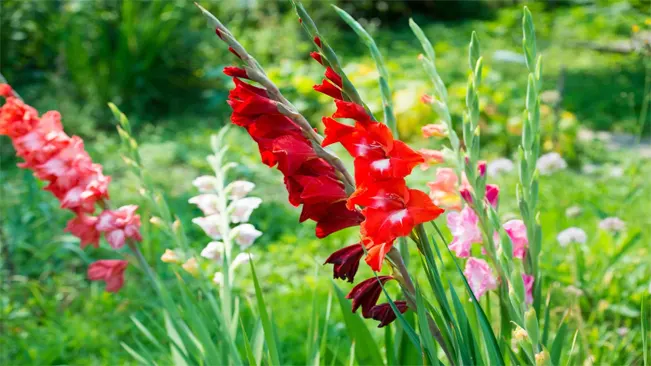
List on How To Plant Gladiolus
- Selecting the Right Spot
- Planting Gladiolus Corms
- Caring for Gladiolus
- Troubleshooting Gladiolus Issues
Selecting the Right Spot
Sunlight Requirements
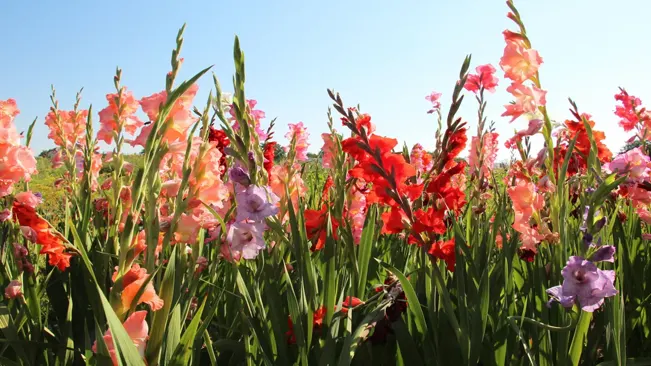
- Importance of Sunlight: Gladiolus are sun-loving plants. Adequate sunlight is essential for their growth, as it influences the development of strong stems and vibrant flowers. Sunlight plays a critical role in photosynthesis, which is vital for the plant to produce the energy it needs to grow and bloom.
- Duration of Sunlight: Ideally, gladiolus should receive at least six hours of direct sunlight each day. This duration is crucial, especially during the growing season. Morning sunlight is particularly beneficial as it is less intense and less likely to cause damage to the flowers.
- Choosing the Best Location: When selecting a spot in your garden, observe the patterns of sunlight throughout the day. Avoid areas that are shaded by large trees or buildings. If your garden has limited sun, choose the sunniest spot available.
Soil Conditions
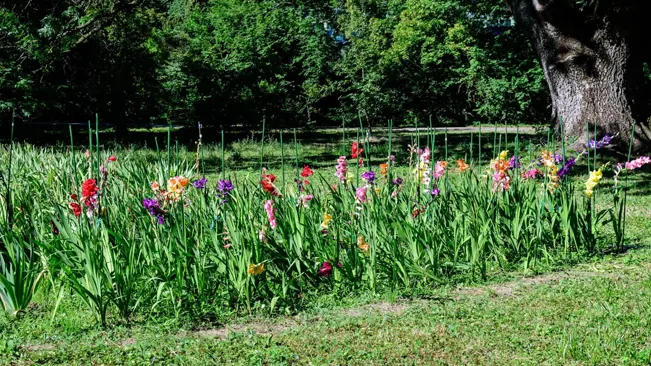
- Soil Type: Gladiolus prefer well-draining soil. This means that the soil should allow excess water to drain away quickly. Soggy or waterlogged soil can lead to rotting of the corms.
- pH Level: The ideal pH for gladiolus ranges from neutral to slightly acidic (around pH 6.0 to 7.0). This pH range supports nutrient availability and absorption. You can test your soil’s pH with a home testing kit.
- Amending the Soil: To improve soil fertility and structure, incorporate organic matter like compost or well-rotted manure into the soil. This addition not only enriches the soil with nutrients but also improves its texture, enhancing drainage and aeration.
- Preparing the Bed: Loosen the soil to a depth of about 12 inches and mix in the organic matter. This preparation ensures that the roots have enough room to grow and can access the nutrients they need.
Planting Gladiolus Corms
When to Plant
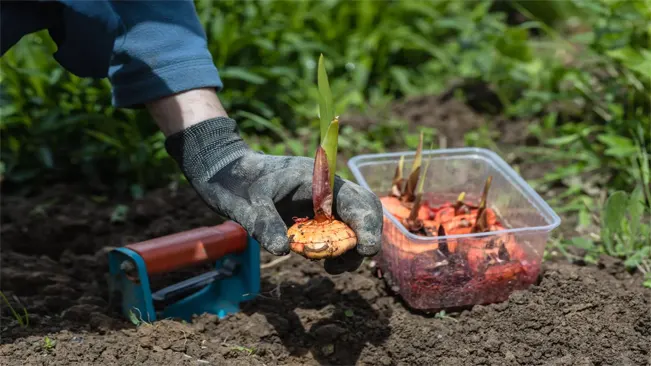
- The timing for planting gladiolus corms is critical for their growth and bloom. In regions where winters are cold, the ground needs to be frost-free and warm enough for planting. This is typically in the spring when soil temperatures reach around 55°F (13°C). In warmer climates, where frost is not a concern, you can plant gladiolus corms as early as late winter. This staggered planting can lead to a prolonged blooming period.
Preparing the Corms
Before planting, it’s important to prepare the corms properly. This preparation ensures that the healthiest corms are planted, which increases the chances of successful growth and blooming.
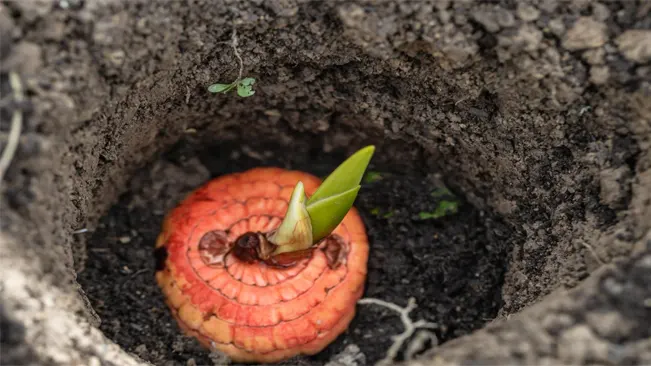
- Inspection: Examine each corm closely. Healthy corms are firm to the touch and free from any visible signs of damage, disease, or rot. Discard corms that are soft, mushy, or show any signs of mold or rot, as these are unlikely to grow and may infect other corms.
- Corm Size: Larger corms often produce larger, more vibrant blooms. However, smaller corms can also be planted as they will grow and produce flowers, albeit potentially smaller ones.
- Pre-Sprouting (Optional): Some gardeners choose to pre-sprout gladiolus corms before planting. This involves placing them in a warm, light area until small shoots appear. While this step is not mandatory, it can give the corms a head start on growth.
Planting Depth and Spacing
Proper planting is crucial for gladiolus to ensure they have enough room to grow and are planted at a depth that supports their development.
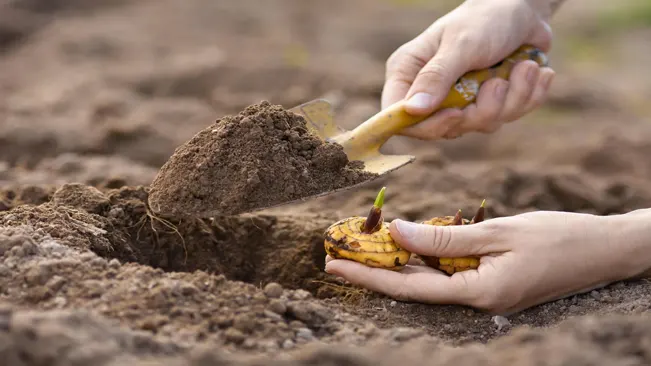
- Planting Depth: Dig holes or a trench about 4 to 6 inches deep. The depth is important because it stabilizes the plant and helps prevent it from toppling over as it grows. Deeper planting is particularly beneficial for taller varieties.
- Orientation: Place the corms with the pointed end facing upward. This is where the shoots will emerge.
- Spacing: Space the corms about 5 inches apart. Proper spacing is essential to provide each plant enough space to grow without competition for nutrients and water. It also allows for adequate air circulation, reducing the risk of fungal diseases.
- Covering and Watering: After placing the corms in the holes or trench, cover them with soil and gently pat down. Water the area well to settle the soil around the corms. This initial watering is crucial for initiating growth.
Caring for Gladiolus
Watering Gladiolus
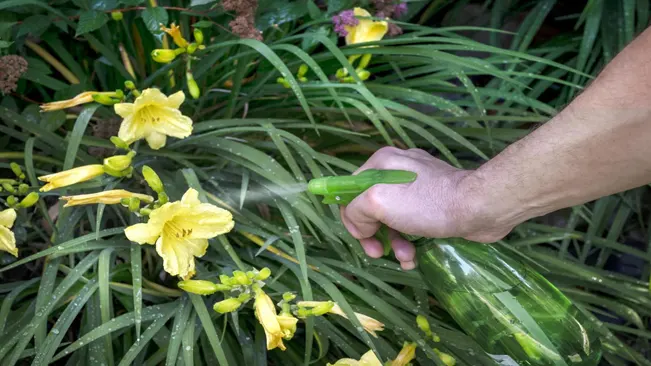
- Consistent Moisture is Key: Gladiolus plants need a consistent supply of moisture to thrive. The goal is to keep the soil evenly moist but not soggy. Overwatering can lead to bulb rot, whereas underwatering might stress the plant, affecting bloom quality.
- Monitoring Water Needs: The watering frequency depends on your climate and soil type. In general, a deep watering once a week should suffice, but in very hot or dry conditions, you might need to water more frequently.
- Importance During Flowering: Pay extra attention when the plants start flowering. This is a critical growth stage where adequate water is vital for the development of long, healthy flower spikes.
Fertilizing Gladiolus
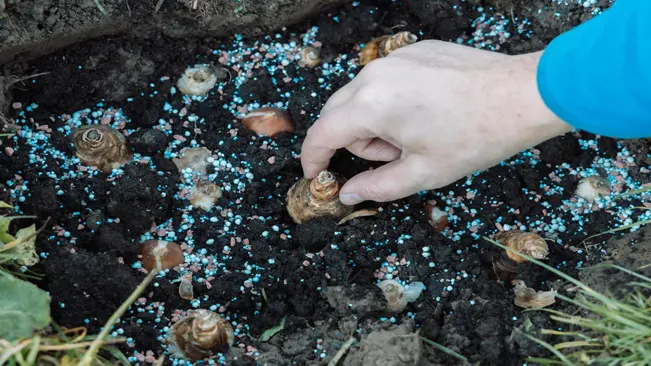
- Initial Fertilization: When you plant your gladiolus corms, it’s beneficial to incorporate a balanced, slow-release fertilizer into the soil. This provides a steady supply of essential nutrients as the plants grow.
- High-Phosphorus for Blooms: To encourage vibrant and abundant blooming, consider applying a high-phosphorus fertilizer. Phosphorus is crucial for healthy flower development. You can apply this type of fertilizer when you first notice flower spikes beginning to form.
- Avoid Over-fertilization: Be cautious not to over-fertilize, as this can lead to lush foliage at the expense of flowers.
Staking Gladiolus
- Support for Tall Varieties: Some gladiolus varieties can grow quite tall and may require staking to prevent them from falling over, especially in windy areas or when they carry heavy flower spikes.
- When to Stake: It’s best to insert stakes at the time of planting to avoid damaging the corms or roots later on. Place the stake close to the planting spot but not directly on top of where the corm is planted to avoid damage.
- Staking Technique: Use a stake tall enough to support the anticipated height of the plant. As the gladiolus grows, loosely tie it to the stake at intervals to provide support. Be careful not to tie too tightly as this can damage the stem.
Troubleshooting Gladiolus Issues
Pests and Diseases
- Thrips
- Identification: These tiny insects can cause significant damage. They typically appear on the underside of leaves, sucking the sap and causing discolored streaks or silvery speckles.
- Management: Regularly inspect plants for signs of thrips. You can use insecticidal soaps or neem oil as organic solutions. For more severe infestations, appropriate insecticides might be necessary.
- Fungal Diseases
- Identification: Fungal diseases in gladiolus often manifest as rot, mildew, or leaf spots. Poor air circulation and damp conditions usually exacerbate these issues.
- Prevention: Ensure good air circulation around your plants. Avoid overhead watering to keep the foliage dry. Mulching can help prevent spores from splashing onto the plants from the soil.
- Treatment: Fungicides can be effective, but they’re more preventive than curative. Remove and destroy any infected plant parts to prevent the spread.
Winter Care
- Lifting Corms
- In regions where winters are cold, gladiolus corms can’t survive in the ground. After the first light frost, but before the ground freezes, dig up the corms. Be gentle to avoid damage.
- Preparation for Storage
- After lifting, shake off any loose soil and cut the stalks to about an inch above the corm. Allow them to dry for about a week in a warm, airy place. This process helps to harden the corms for storage.
- Storage
- Store the dried corms in mesh bags or wrapped in newspaper. Choose a cool (around 35-50°F), dry location. Basements or garages often work well, as long as they remain dry and frost-free. Check periodically for rot or damage and remove any unhealthy corms.
- Replanting
- The following spring, after the threat of frost has passed, you can replant the corms. Over time, gladiolus corms multiply. You can separate the small cormlets and plant them; however, it may take a couple of years for them to flower.
Conclusion
Planting gladiolus can be a rewarding experience for gardeners of all levels. With their dramatic blooms and relatively easy care, they can be a stunning addition to your garden. Patience and attention to these steps will reward you with a beautiful display of color through the summer months. Remember, gardening is an art and gladiolus, with their variety and vibrancy, can be your canvas.
FAQs (Frequently Asked Questions)
- When is the best time to plant gladiolus bulbs?
- Plant gladiolus corms in the spring, after the threat of frost has passed. In warmer climates, you can start as early as late winter.
- Plant gladiolus corms in the spring, after the threat of frost has passed. In warmer climates, you can start as early as late winter.
- How deep should I plant gladiolus corms?
- Plant them about 4 to 6 inches deep, with the pointed end facing upwards.
- Plant them about 4 to 6 inches deep, with the pointed end facing upwards.
- What type of soil is best for gladiolus?
- Gladiolus prefer well-draining soil with a neutral to slightly acidic pH. Enriching the soil with compost or well-rotted manure is beneficial.
- Gladiolus prefer well-draining soil with a neutral to slightly acidic pH. Enriching the soil with compost or well-rotted manure is beneficial.
- How much sunlight do gladiolus need?
- They need full sun, at least six hours of direct sunlight per day.
- They need full sun, at least six hours of direct sunlight per day.
- How far apart should I plant gladiolus corms?
- Space the corms about 5 inches apart to allow enough room for growth.
- Space the corms about 5 inches apart to allow enough room for growth.
- Do I need to water gladiolus regularly?
- Yes, maintain consistent moisture in the soil, especially during the growing and flowering stages, but avoid waterlogging.
- Yes, maintain consistent moisture in the soil, especially during the growing and flowering stages, but avoid waterlogging.
- Should I fertilize my gladiolus, and if so, with what?
- Yes, use a balanced, slow-release fertilizer at planting time. A high-phosphorus fertilizer can be applied to encourage blooming.
- Yes, use a balanced, slow-release fertilizer at planting time. A high-phosphorus fertilizer can be applied to encourage blooming.
- How do I support tall gladiolus plants?
- Tall varieties may need staking. Insert stakes at planting time to avoid damaging the corms later.
- Tall varieties may need staking. Insert stakes at planting time to avoid damaging the corms later.
- What common pests or diseases should I watch out for?
- Be vigilant for thrips and treat them if necessary. Also, be aware of fungal diseases, especially in humid conditions.
- Be vigilant for thrips and treat them if necessary. Also, be aware of fungal diseases, especially in humid conditions.
- Do I need to dig up gladiolus in the winter?
- In colder climates, you should dig up and store the corms over winter. Wait until the foliage has died back, then dry and store them in a cool, dry place.

Kristine Moore
Forestry AuthorI'm Kristine Moore, a seasoned garden landscaping professional with over 30 years of experience. My extensive career has been dedicated to transforming outdoor spaces into stunning, sustainable landscapes. With a deep understanding of horticulture, design principles, and environmental stewardship, I have become a respected figure in the field, known for creating harmonious, visually appealing, and eco-friendly gardens. My commitment to excellence and continuous learning in landscaping trends and techniques has solidified my reputation as an expert in garden design and implementation.





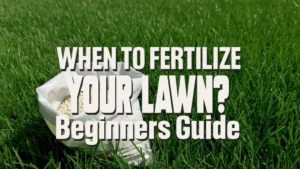
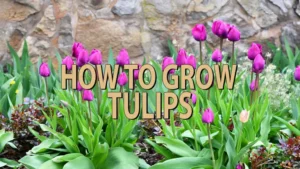

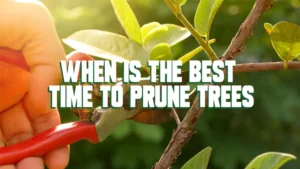

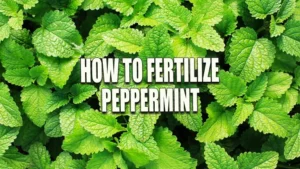


Leave your comment